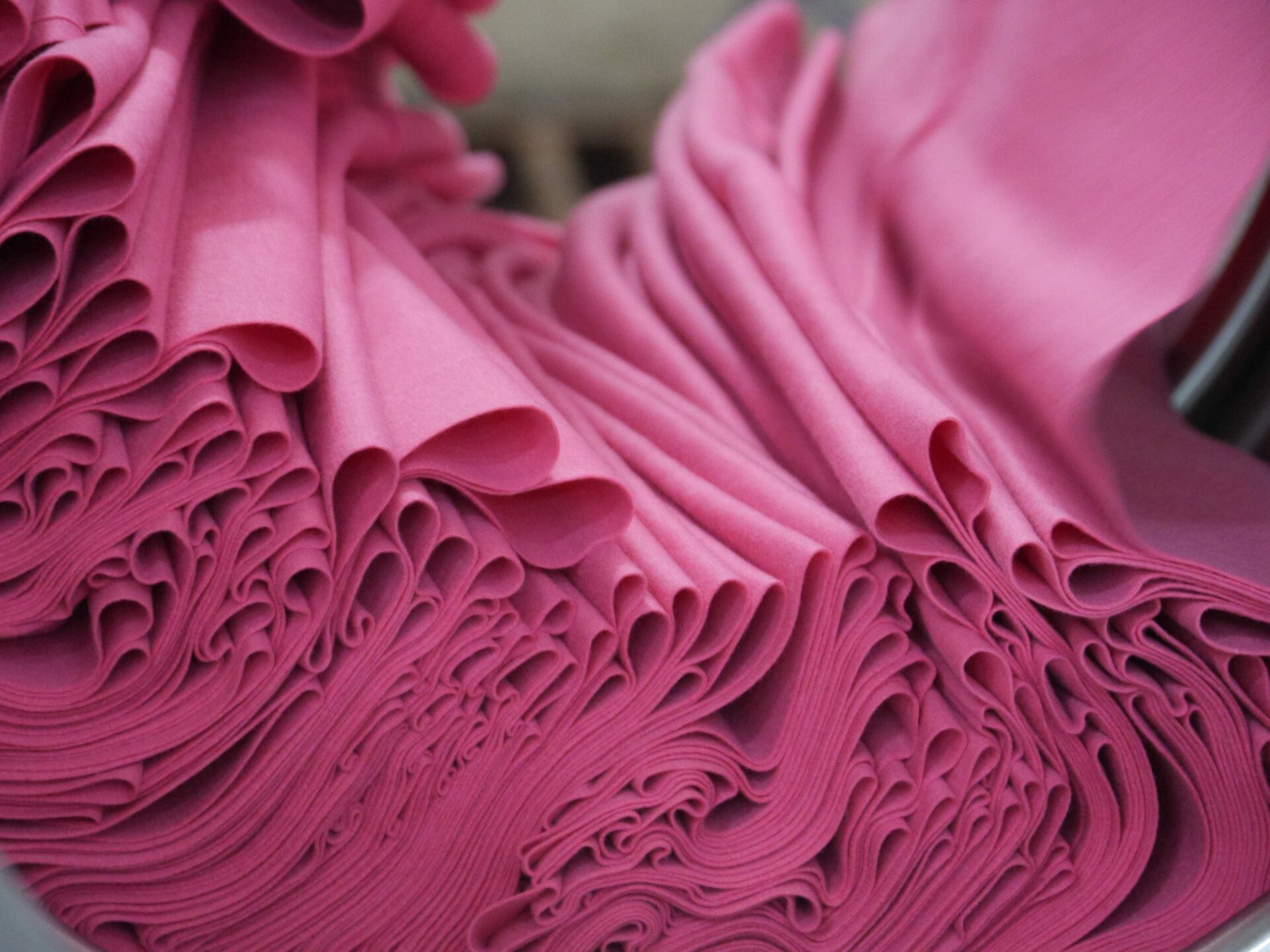Mr. Yeasin, you produce textiles for well-known retailers and brands worldwide. You have been a registered partner of Cotton made in Africa since 2013. How has your company developed since then?
Responding to public and retail-sector demand for corporate social responsibility and transparency in the textile industry has become increasingly important. Sustainable cotton is part of the solution, and so we are proud to be continually increasing the proportion of sustainable CmiA cotton used in our range of textile products. In recent years, our production and sales figures have risen steadily.
What has your experience of processing CmiA cotton into textiles been like?
Sustainable cotton is now competitive with conventional cotton. By working with this initiative, we are helping establish and strengthen the market share for sustainable cotton. The demand for both fashion and home textiles, such as towels, shows that our clients clearly want more products made of sustainable fibres like Cotton made in Africa.
Are there any developments that you are particularly proud of?
Yes. We are very pleased with the introduction of the Hard Identity Preserved (HIP) system, which we implemented as Cotton made in Africa’s first partner in Asia. It is very important to us that this contributes to improving transparency and traceability in the supply chain. This system not only allows retailers — our clients — to enhance their supply chains’ physical traceability, it also gives consumers peace of mind that the products they purchase can be proved to contain CmiA cotton.
What does HIP mean for your company in practice?
We call it physical traceability. Like all other actors in the textile chain, we furnish the initiative’s centralised online tracking system with information about which products we use the cotton in. For our HIP products, we use exclusively CmiA cotton with no other cotton mixed in. This ensures transparency and traceability for CmiA cotton throughout the supply chain for products that bear the logo of “Cotton made in Africa Inside”.
What makes this new system special for your company and its relations with its clients?
Although we have been members of the initiative for many years, introducing the HIP system gives us our first chance to show our clients the high quality of textiles this cotton can produce.
Do you have any clients who have already ordered products manufactured through the HIP system?
Yes, the first customer was the international fashion retailer bonprix. It is worth noting that bonprix stands for excellent value in fashion and home textiles, which goes to show that sustainability and affordability are by no means mutually exclusive.
What kinds of movement towards sustainability do you see on the horizon in the textile sector?
Alongside sustainable cotton farming, recycled materials will play an ever-greater role in the production processes of the future. At the end of their lifespans, products will once again become raw materials. This is not just limited to cotton: Plastic waste can yield synthetic fibres, just as old clothes become recycled cotton fibres. Traceability will be essential for this supply chain too, as only unmixed materials can be reused.


